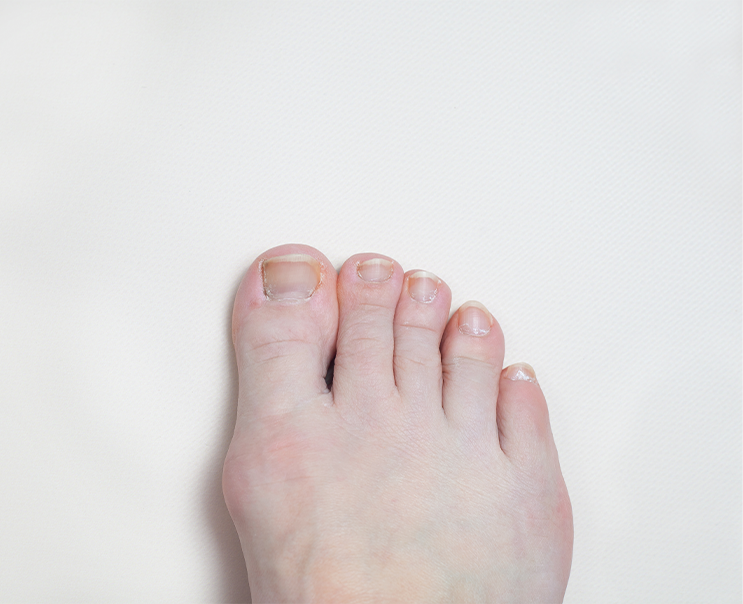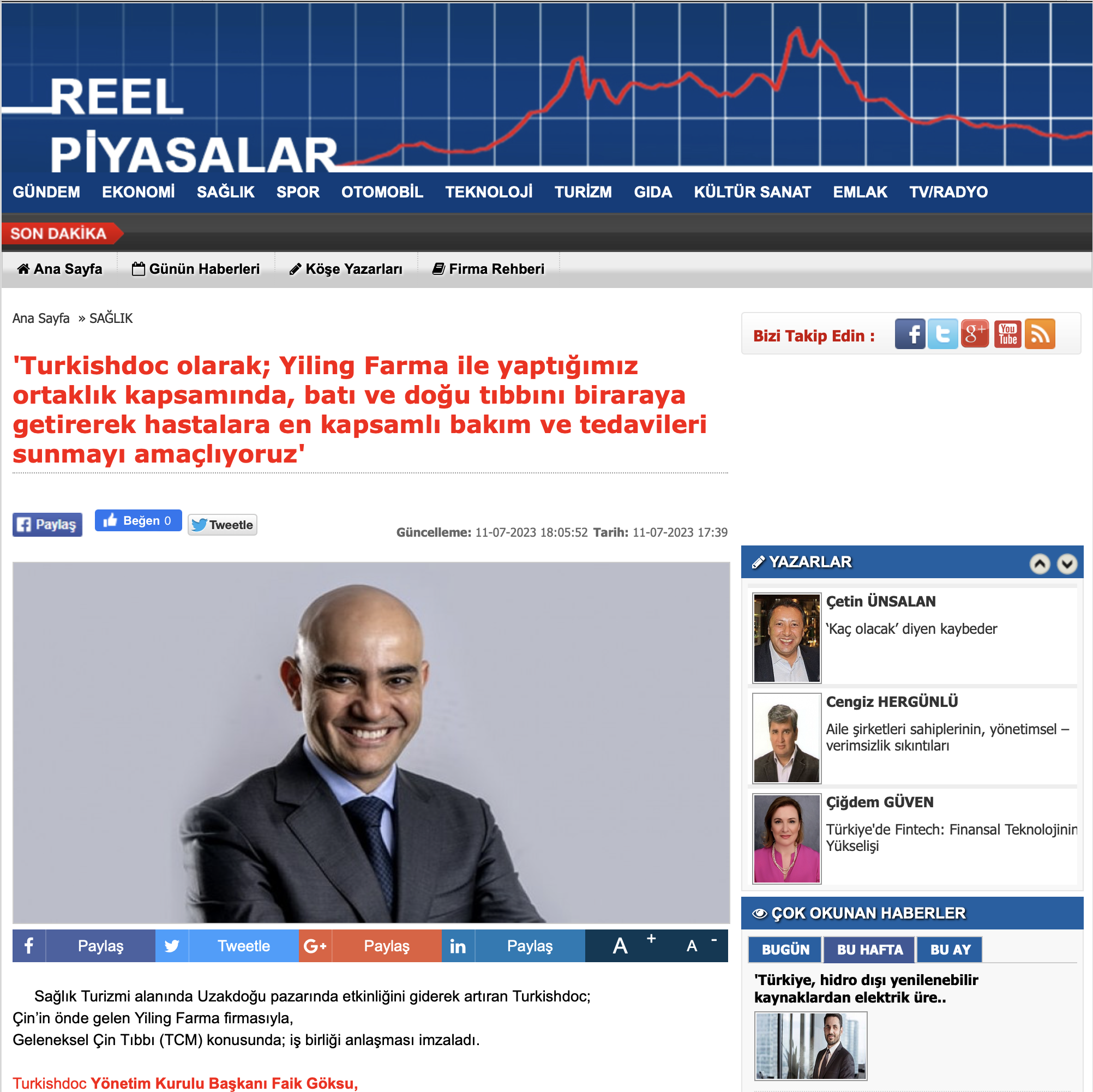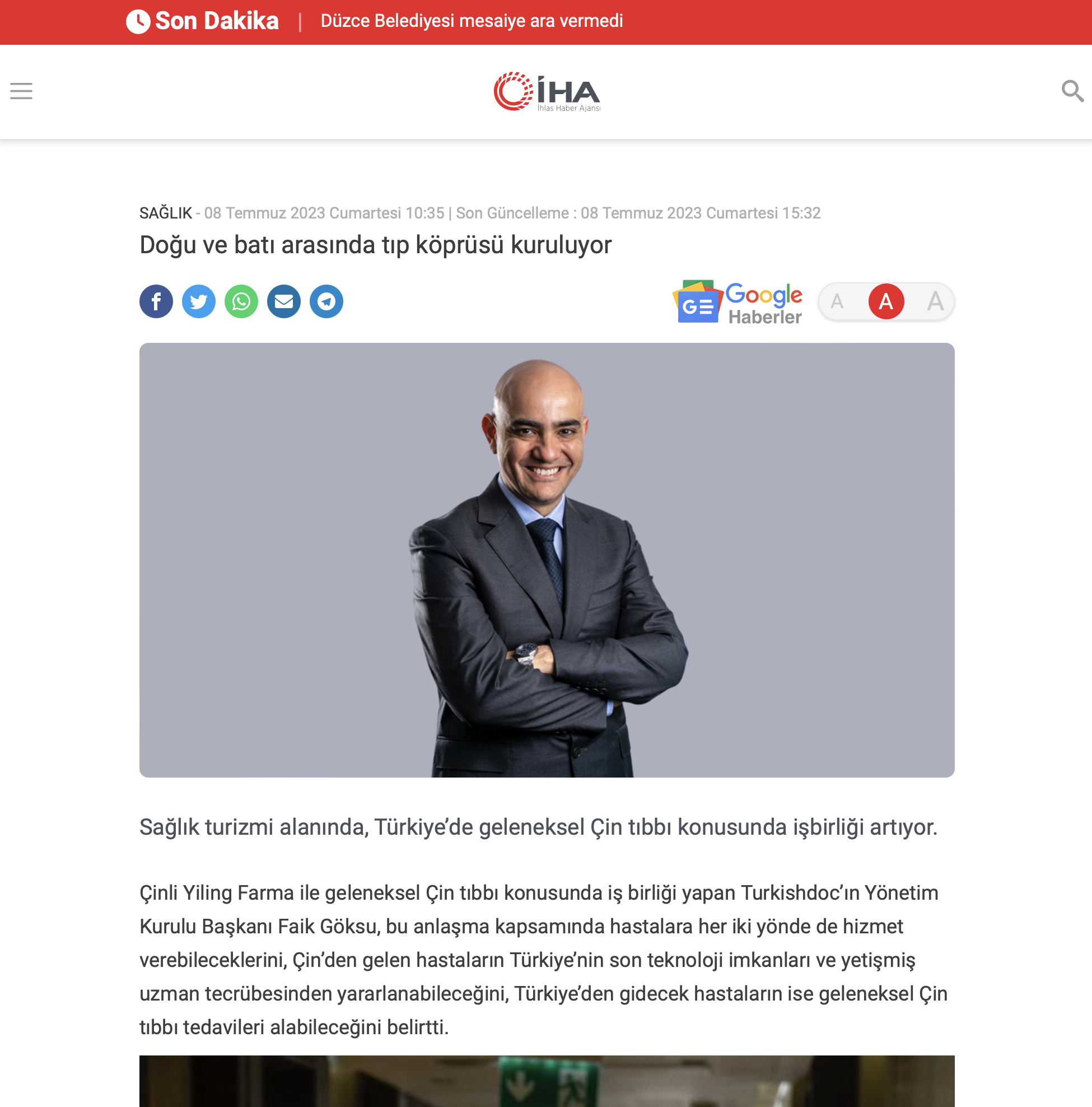Turkishdoc
A Brief Description: Bunions
Bunions, also known as hallux valgus, is the name given to the lump that occurs in the toe for many reasons. The appearance of the lump on the outside of the big toe also gives the person a feeling of pain. Therefore, it becomes uncomfortable. Therefore, this causes difficulty walking. Bunions, which are usually seen in adults, can sometimes be seen in adolescents. There are some treatment methods for this condition. Surgery is used if the lumpy pain in the big toe, known as bunions, does not go away. This is called a bunionectomy.
What Are Bunions?
The swelling called a bunion occurs on the outside of the big toe. Therefore, it affects the metatarsophalangeal joint, the joint of the big toe. If this joint is out of alignment, that is, out of place, a bony protrusion occurs. This protrusion, called a bunion, is both painful and disturbing in appearance. It is also anatomically called the hallux abducto valgus.
Types Of Bunions
There are different types of bunions, which are common in adults and elderly men, especially women. Although this condition is seen in adults or the elderly, it can also be seen in other age groups. Therefore, bunions types are grouped in 3 different ways:
- Congenital hallux valgus: It is the type of bunion seen in babies.
- Juvenile or adolescent hallux valgus: It occurs in adolescents aged 10-15 years.
- Tailor’s bunion: It is a type of bunion that occurs on the outside of the pinky toe.
Causes Of Bunions
The lump on the big toe, also known as bunions, occurs for different reasons. Since it does not occur immediately, it develops over a long period, influenced by factors ranging from the way you walk to the shoes you wear. However, these factors usually increase the pain of bunions, so they are not the main cause. Genetics is one of the primary causes of this deformity. Other possible causes include:
- Putting on shoes that are either big or too small for your feet
- Sitting or standing for a long time
- Structurally loose connective tissue in the thumb
- Rheumatic diseases (gout, rheumatoid arthritis)
- Wearing shoes with high heels or pointed toes
In general, bunions develop and occur due to the above reasons. From a medical point of view, the occurrence of bunions is due to the looseness of the ligaments between the first metatarsal cuneiform bones at the level of the big toe. Therefore, this condition is perceived as a faulty foot structure. Bunions form due to structural reasons as well as factors such as shoe selection, and they hurt the person’s big toe. Depending on these reasons, bunions bring along some symptoms.
Symptoms Of Bunions
Bunions are caused by natural factors and are especially noticeable when wearing shoes. The most obvious symptom is a lump in the thumb area. This lump also creates a feeling of pain. Bunions on the toe are hard and painful to the touch. Therefore, we can summarize the symptoms of bunions as follows:
- Difficulty putting on shoes
- Redness and swelling of the big toe
- Callus formation on the big toe
- Numbness in the big toe
When all these symptoms are examined, they are seen in the big toe. Pain and deformity are among the most important symptoms. When these symptoms are experienced, it is important to make an appointment with a medical professional. Otherwise, bunions can cause various painful problems. Therefore, it is important to treat it without delay. It is possible to treat bunions painlessly with some orthopedic methods.
Treatment For Bunions
Bunions are a type of orthopedic condition that can be treated with different methods. Therefore, surgical or non-surgical treatment methods are applied in this condition. However, these treatment methods are determined by the severity of the bunions. First of all, a diagnosis is made during the treatment process. Since bunions are a visible condition, it is usually diagnosed by physical examination. However, if there is severe pain and swelling, this indicates the severity of the bunions. X-rays are used to confirm this. In addition, a blood test is rarely a helpful diagnostic tool.
When bunions are diagnosed, the treatment is determined, and the process begins. The doctor will recommend one of two treatments, conservative or surgical, based on the severity of the bunions. In general, the treatment for this orthopedic condition is conservative. The conservative treatment method is also divided and used in various ways.
If the bunions are mild and developed as a result of footwear, a change of shoe may be an option. At this point, the doctor will advise the person to wear looser and more comfortable shoes. Shoe inserts are also important at this point. Padded shoe inserts are recommended for bunions. The person feels more comfortable in these shoes, and the pain is reduced, helping to prevent bunions.
One of the orthopedic treatment methods is padding. Bunion pads are applied over the bunions to protect them from the shoe. Therefore, it also prevents pain in the big toe. Medicines are one of the other methods used to treat bunions. One of the various painkillers is prescribed by the doctor to control the pain. Ice application can also be used to treat bunions that are inflamed. This application, which relieves pain, plays an important role in preventing this deformity. However, for ice application, a doctor should be consulted to avoid complications later.
If conservative treatment is not effective for bunions, then surgery is used. Although surgical treatment is not usually used, it may be necessary if the pain in the thumb negatively affects one’s daily life and health. However, there is no single procedure in this treatment method. It is realized with many procedures and different surgical applications. Bunions can be treated using the following methods:
- Arthrodesis: The joint surface of the big toe is removed and replaced with screws, plates, or wires.
- Osteotomy: This is the process of cutting and shaping the joint.
- Exostectomy: This rare surgical method aims to remove the lump on the big toe that causes bunions.
- Repair of the tendons and ligaments around the big toe: The tendons and ligaments around the big toe become unstable in the case of bunions and distort the shape of the big toe. With this treatment method, the tendons and ligaments are treated, and the shape of the big toe is corrected.
- Arthroplasty resection: This is a treatment for people with severe arthritis. It is also used for people who have had bunion surgery before or for elderly people to create a flexible scar joint.
These surgical treatment methods are applied while taking the patient’s conditions into account. Soon after these treatment methods, the patient can move and walk. However, full recovery may take some time. There are important points to be aware of after either conservative or surgical treatment for bunions. The following warnings and recommendations are also given by the doctor:
- Narrow shoes should be avoided. Comfortable and loose shoes should be preferred.
- When full recovery is achieved after surgery, exercises to mobilize the big toe should be done as determined by the orthopedist. In the beginning, it is important to do them slowly and regularly for a specified period.
- The doctor should be checked until full recovery is achieved.
- Long walks and weight bearing should be avoided immediately after surgical treatment.
In all surgical treatments, the doctor mentions the warnings that the patient should pay attention to. As a result, other aspects of bunion surgical treatment methods that the patient should be aware of are also discussed individually.
As a result, bunions consist of a lump that occurs on the big toe and causes significant symptoms. Different treatments are used depending on the degree of bunions in this condition, which can also be caused by hereditary or environmental factors. Since these treatment methods are determined according to the patient, full recovery is aimed over time. Since conservative treatment methods are generally applied, bunions are not a very serious case. By applying one of these appropriate treatment methods tailored to the individual, bunions can be treated with full recovery , allowing the person to return to their daily activities healthily.











